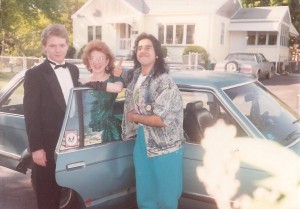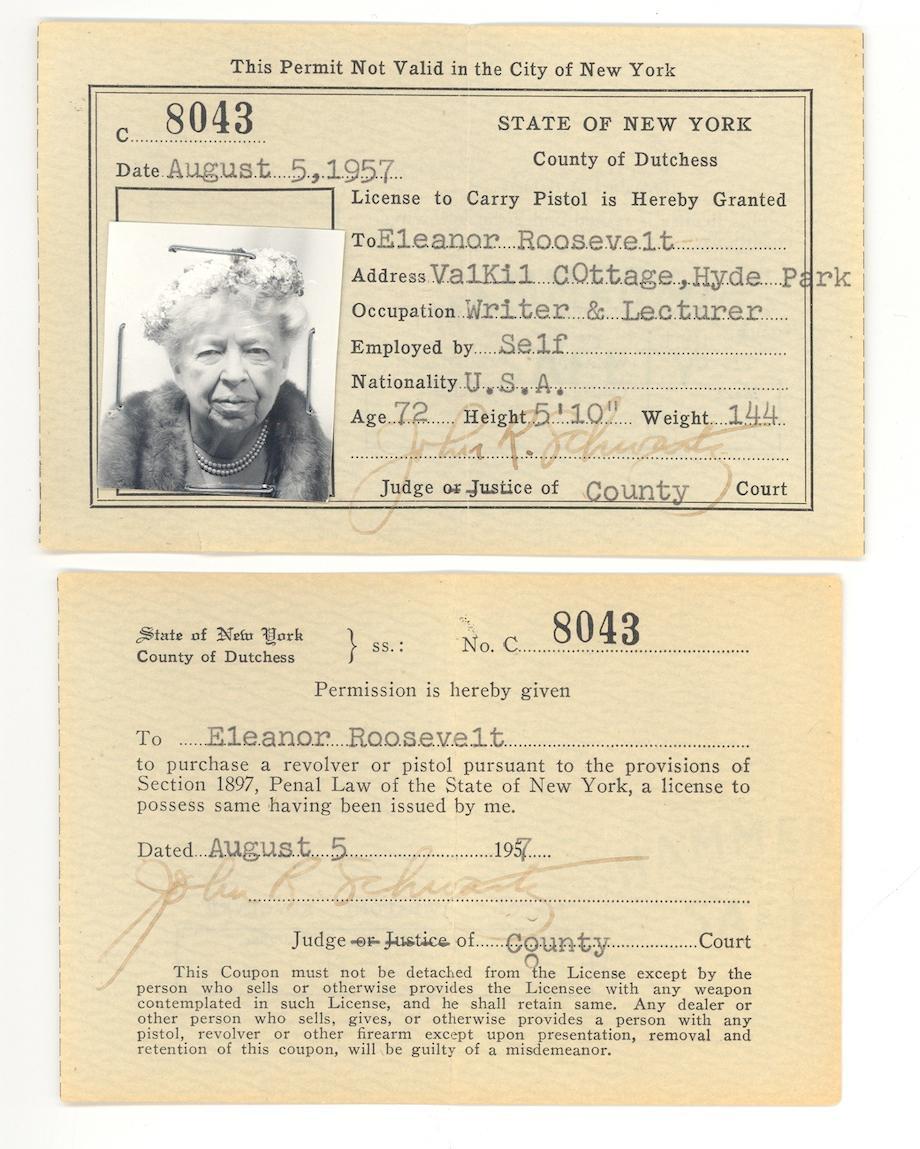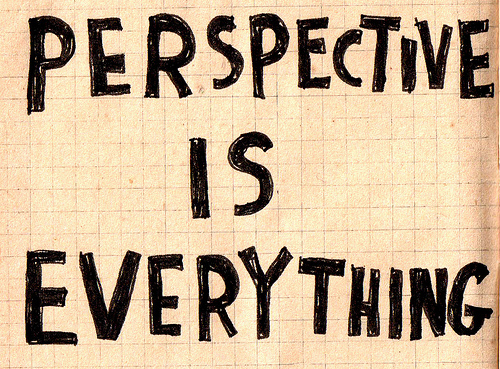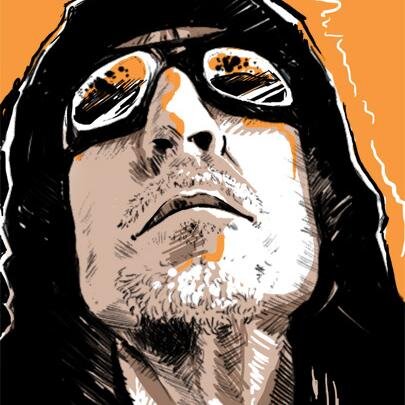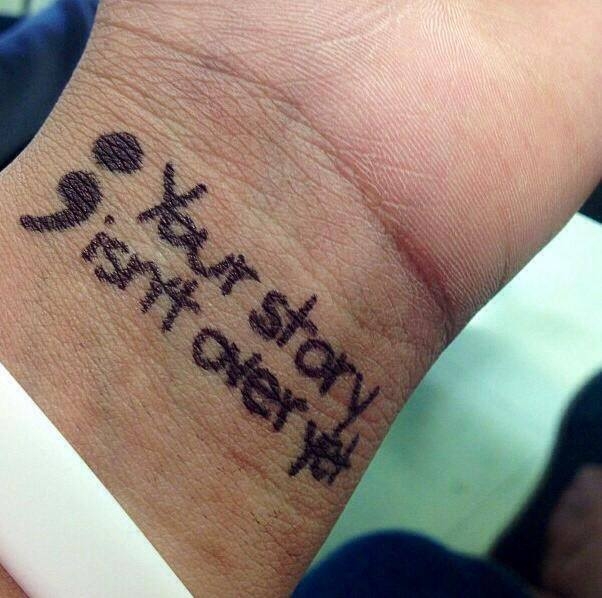The first car I ever owned as a kid was a beat-to-shit 1983 Ford LTD wagon. It had a catalytic converter that always flooded and stalled the car. The power steering was gone. And it was the misguided coping tool of my teenage rage.
Mood music:
http://youtu.be/biXnwOMznkg
The LTD’s exterior was a toxic green, covered over in patches with stickers promoting whatever anarchist political causes I espoused at the time. In one inspired move, I took a “No Sludge” bumper sticker that had been proliferated by groups opposed to a sludge burning plant at the Rowe Quarry, cut off the no part and stuck sludge to the rear hatch. (The no-sludge people ultimately won. A massive condo complex sits where Rowe used to be on the Revere-Saugus border in Massachusetts.)
Some days I loved that car. Some days I hated it.
I hated the constant stalling and the smell of gas and oil that always seemed to make its way into the passenger compartment. The steering wheel was thin, which wasn’t masculine enough for my liking. Loose metal around the rear passenger-side wheel well constantly sliced the tires, though that at least gave me plenty of tire-changing practice.
But I loved its battered exterior and the sound system. The speakers were actually blown out, but I liked how it made the bass rattle the car whenever I put an Ozzy cassette in. I loved how I could pack a bunch of friends in the back for trips to the Worcester Centrum, the main place to see the big rock acts before we had the TD Garden and Verizon Center.
I was always told the back was perfect for sex, though I never attempted it. At least two friends did. If I wasn’t in the car at the time, I didn’t care, as long as they cleaned up after themselves.
Despite the engine’s shortcomings, I broke a lot of speed limits with that car. I had a vicious temper and often drove too fast to feel better. I used to blast up and down the causeway between Lynn and Nahant. You had to slow down before reaching Nahant, though, because the police loved to bust kids like me. They often did.
I would drive within an inch of the car in front of me and bang the horn. I would flip off anyone who slowed me down. And I punched the ceiling over the driver’s seat so much the fabric started to sag.
Looking back, I could have killed someone. There were many opportunities to do so. I could have killed myself and my friends in those moments of road rage. By the grace of God, that never happened.
The coping tools I have today — music, my guitars, walks with my wife, the elliptical machine in the garage, my faith, my mindfulness exercises — are far more effective. Nobody gets hurt. Everyone wins, because I’m easier to deal with.
Still, there are occasions, however infrequent, when I miss that wreck on four wheels.
